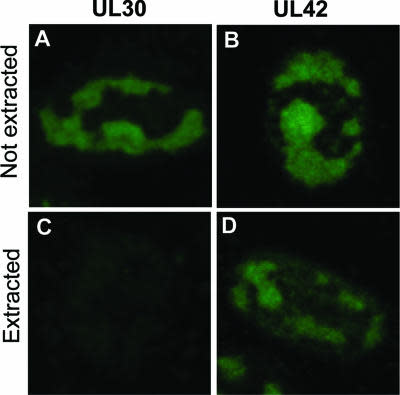
Cat. #151424
Anti-Spastin [Sp 6C6]
Cat. #: 151424
Sub-type: Primary antibody
Unit size: 100 ug
Availability: 1-2 weeks
Target: Spastin
Class: Monoclonal
Application: ELISA ; IF ; WB
Reactivity: Human ; Mouse ; Rat
Host: Mouse
£300.00
This fee is applicable only for non-profit organisations. If you are a for-profit organisation or a researcher working on commercially-sponsored academic research, you will need to contact our licensing team for a commercial use license.
Contributor
Inventor: Giampietro Schiavo
Institute: Cancer Research UK, London Research Institute: Lincoln's Inn Fields
Tool Details
*FOR RESEARCH USE ONLY
- Name: Anti-Spastin [Sp 6C6]
- Clone: Sp 6C6
- Tool sub type: Primary antibody
- Class: Monoclonal
- Conjugation: Unconjugated
- Molecular weight: 52 kDa
- Strain: Balb/c
- Reactivity: Human ; Mouse ; Rat
- Host: Mouse
- Application: ELISA ; IF ; WB
- Description: Monoclonal antibody for investigation into hereditary spastic paraplegias.
- Immunogen: Recombinant Spastin
- Immunogen uniprot id: Q9UBP0
- Isotype: IgG2a
- Myeloma used: Sp2/0-Ag14
- Recommended controls: HeLa cell or rat brain extract
Target Details
- Target: Spastin
- Molecular weight: 52 kDa
- Tissue cell line specificity: HeLa cell or rat brain extract
- Target background: Spastin is thought have a role in microtubule dynamics through its function as a microtubule-severing protein. It is localised to the centrosome of neuronal cells but is not found in glial cells. Spastin is involved in diverse cellular processes including membrane trafficking, intracellular motility, organelle biogenesis, protein folding, and proteolysis. Mutation in the ATPase binding domain of spastin causes hereditary spastic paraplegias (HSP), a large group of clinically similar disorders. Mutations within spastin cause the most common form of autosomal dominant spastic paraplegia 4. Mutant forms of spastin are generally found throughout the cytoplasm rather than within the nucleus. There are two splice isoforms of spastin (one without exon4) and two alternative ATG start sites, which may determine the localisation of the translate protein, coded by the SPAST gene.
Applications
- Application: ELISA ; IF ; WB
Handling
- Format: Liquid
- Concentration: 1 mg/ml
- Unit size: 100 ug
- Storage buffer: PBS with 0.02% azide
- Storage conditions: Store at -20° C frozen. Avoid repeated freeze / thaw cycles
- Shipping conditions: Shipping at 4° C
References
- Salinas et al. 2005. J Neurochem. 95(5):1411-20. PMID: 16219033.
- Human spastin has multiple microtubule-related functions.




